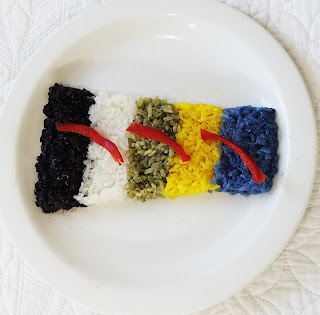FROSTBITTEN EARS

The horn-shaped Gyoza is one of Japan’s most popular dishes. (Jiaozi in Chinese). Like so many dishes all over the world, the origins are debatable. However, it is believed that a Chinese medical practitioner by the name of Zhang Zhongiin was famous for boiling a kind of meat-filled dough wrapper and put it on frostbitten ears. And I quote: “He would boil lamb meat, peppers, and medicines in a pot and then wrap the filling in small dough wrappers. He then used them to warm poor people’s ears who did not have sufficient clothing or food in the winter. Overtime, Zhang Zhongjing’s recipe was adapted and imitated by the people of China. Japanese soldiers became familiar with jiaozi during World War II when they were quartered in China. When the soldiers returned home to Japan they wanted to recreate jiaozi and thus the gyoza was born”. They are usually served in six or twelve and are enjoyed with a sauce made of rice vinegar, soy sauce, pepper flake
